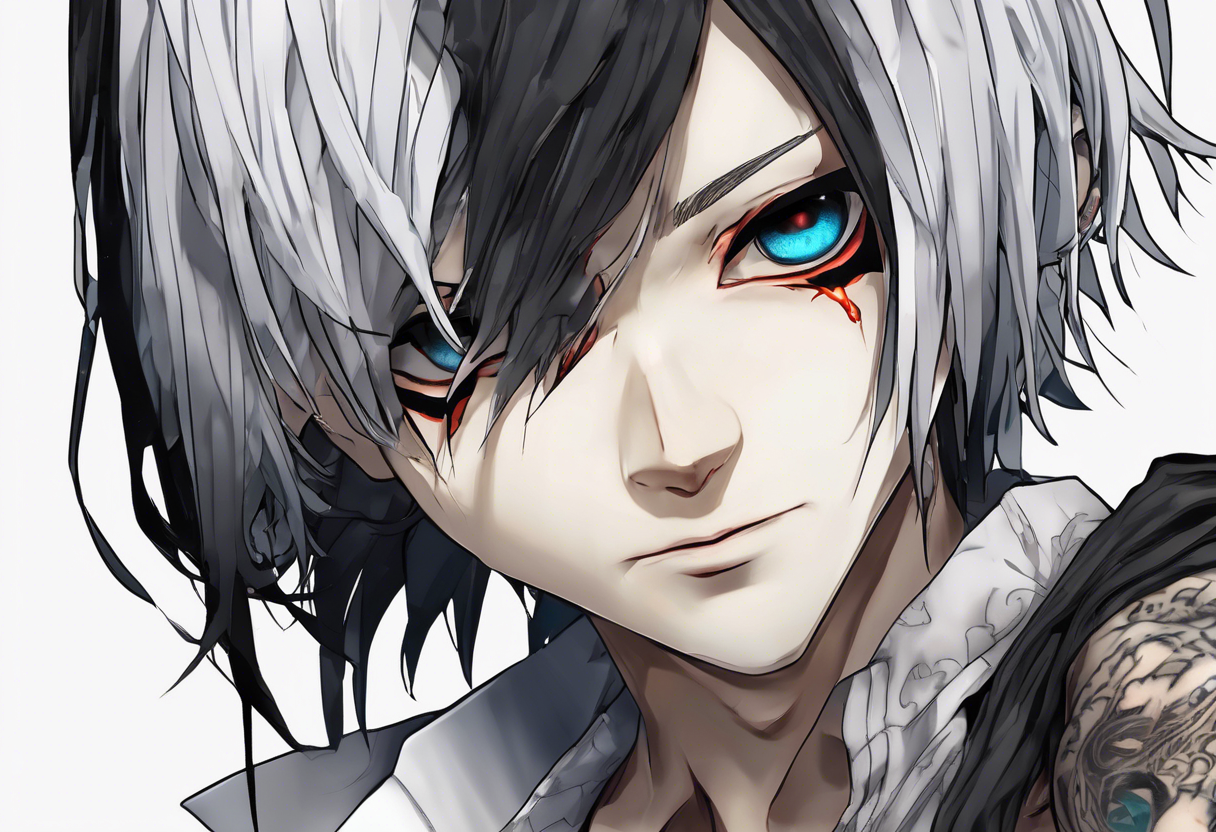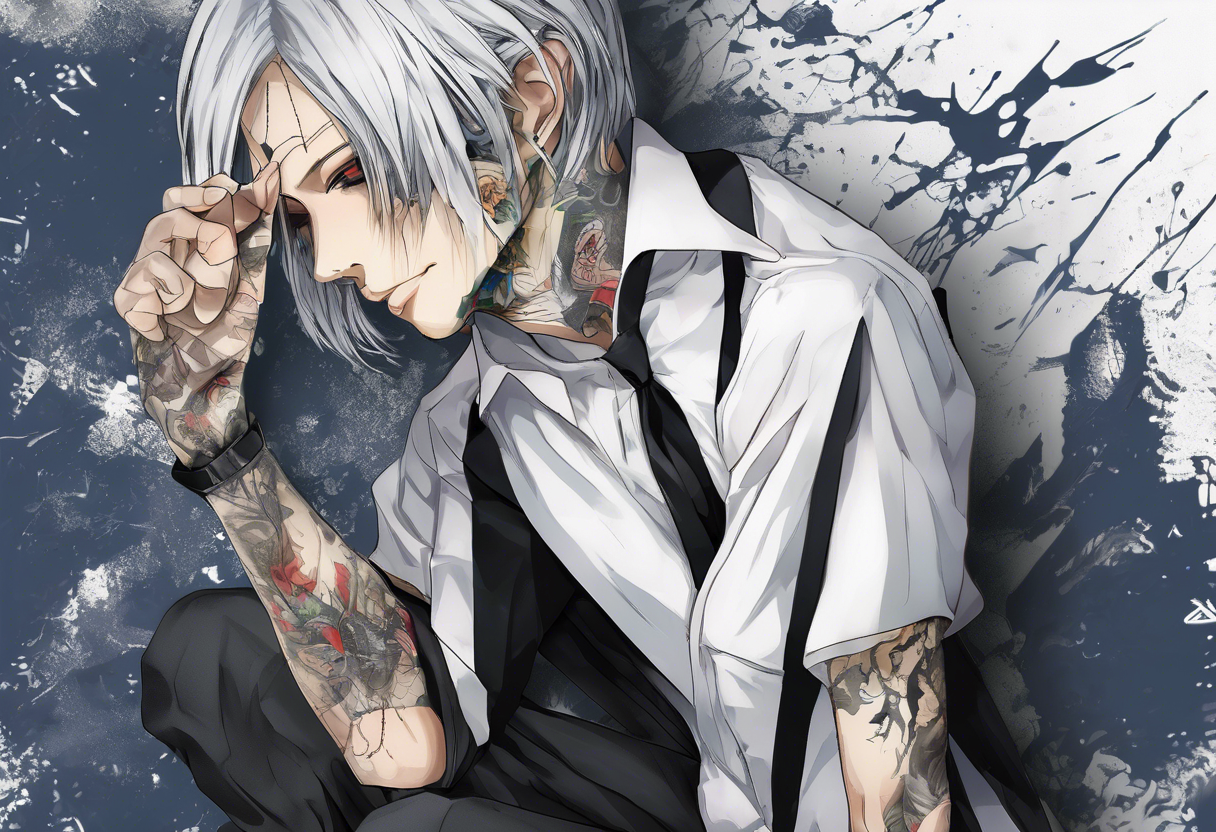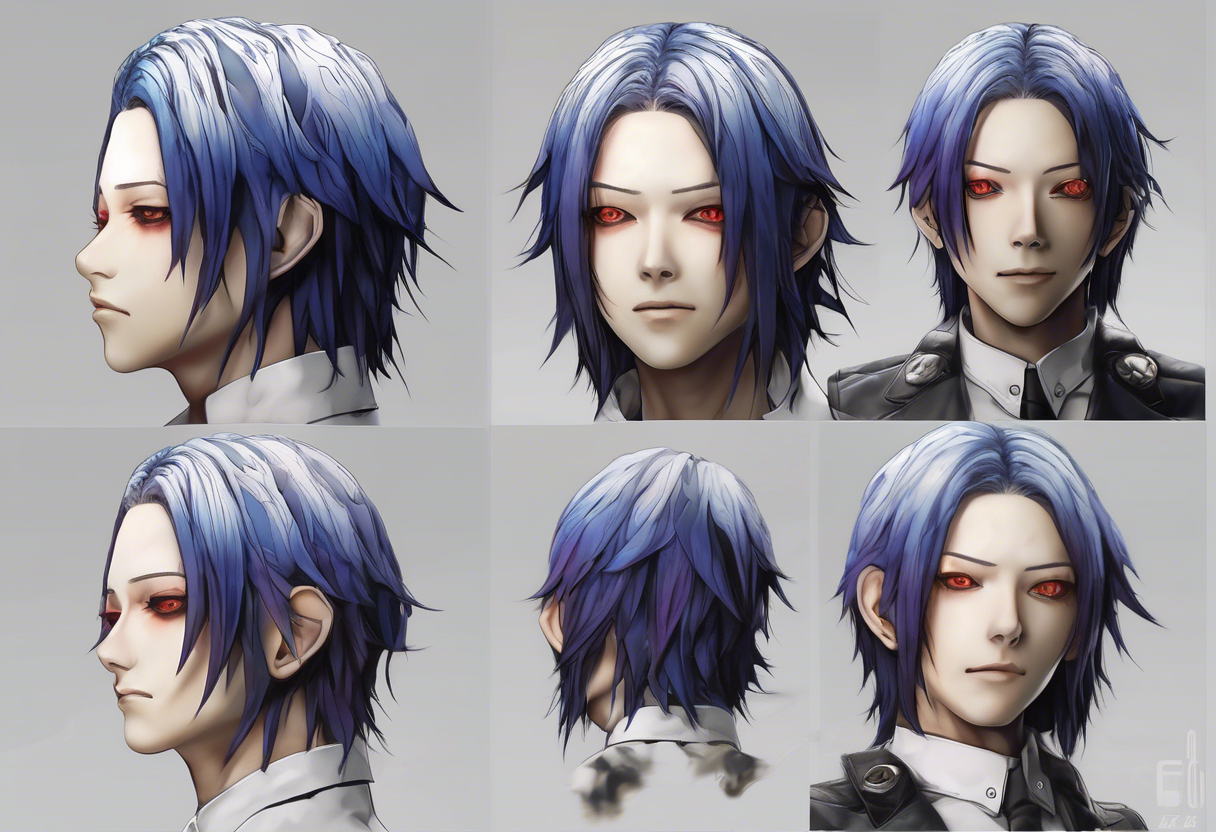Contents
Uta from Tokyo Ghoul: A Comprehensive Character Analysis
Introduction
Uta, a pivotal character in the anime and manga series Tokyo Ghoul created by Sui Ishida, is a complex and intriguing figure that adds depth and richness to the narrative. Known for his enigmatic presence and unique profession, Uta is an old friend of Renji Yomo and Itori, and he owns the HySy ArtMask Studio, where he crafts bespoke masks for ghouls to help them blend into human society [1][4].
Uta’s background is marked by his earlier identity as "No Face" during his teenage years, a name given to him by CCG investigators in the 4th ward. This moniker reflects his ability to blend into the shadows and his elusive nature. His physical appearance, adorned with numerous piercings and tattoos, contrasts with his friendly and composed demeanor, making him an interesting and multifaceted character [5].
Uta’s creation can be seen as a reflection of Ishida’s exploration of themes such as identity, community, and the struggle for acceptance in a society fraught with prejudice. His character draws parallels with literary figures who embody the duality of human and monster, such as the Phantom of the Opera, highlighting the universal appeal of characters who exist on the fringes of society.
Role in the Story
Uta’s role in Tokyo Ghoul is multifaceted and crucial to the narrative. He is not only a mask maker but also a member of the Clowns, a group that operates outside the boundaries of both ghoul and human societies. This affiliation places him in a unique position to navigate the complexities of the ghoul world and its interactions with human authorities [1][4].
Throughout the series, Uta’s interactions with key characters such as Ken Kaneki and Renji Yomo are pivotal. He creates a mask for Kaneki, which serves as a symbol of Kaneki’s struggle to maintain his humanity in a world where ghouls are hunted. Uta’s relationships with these characters highlight his empathetic and supportive nature, despite his intimidating appearance [5].
Uta’s involvement in major plot developments is significant, particularly in his role as a mediator and facilitator. He often provides critical assistance and information, helping characters navigate the dangerous landscape of Tokyo’s ghoul underworld. His participation in key events, such as the interactions with the CCG and other ghoul factions, underscores his importance as a character who bridges different worlds within the narrative.
Character Analysis
Uta’s personality is characterized by his calm and composed demeanor, which contrasts sharply with his intimidating physical appearance. He has a unique way of speaking and an amusing manner of teasing people, which adds to his charm and makes him a likable character despite his tough exterior [5].
His motivations are rooted in a desire to help and protect his friends and community. Uta’s actions are often driven by a sense of loyalty and compassion, which is evident in his willingness to create masks that help ghouls live more safely among humans. This altruism is a key aspect of his character and contributes to his depth and audience appeal.
One of Uta’s strengths is his ability to remain neutral and observant, often providing a balanced perspective in chaotic situations. However, his weakness lies in his tendency to keep people at arm’s length, which can make it difficult for others to fully understand him. This duality makes him a complex and intriguing character to follow.
Uta’s personal growth throughout the series is subtle yet significant. As he navigates the complexities of the ghoul world and its conflicts, he remains steadfast in his values and continues to support those he cares about. This consistency in his character reinforces his importance as a stable and reliable figure in the narrative.
Themes and Symbolism
Uta is deeply intertwined with several themes that are central to Tokyo Ghoul. One of the most prominent themes associated with him is the concept of identity and how it is masked or revealed. His profession as a mask maker symbolizes the need for ghouls to hide their true selves in order to survive in a hostile world. This theme resonates with broader philosophical questions about identity, acceptance, and the human condition [1][5].
The masks Uta creates also symbolize the duality of existence, reflecting the characters’ inner struggles and their need to balance different aspects of their lives. For example, Kaneki’s mask represents his struggle to maintain his humanity while living as a ghoul, highlighting the internal conflict many characters face.
Uta’s character also touches on the theme of community and belonging. His role as a member of the Clowns and his friendships with other characters illustrate the importance of finding and maintaining connections in a world that often seeks to isolate and marginalize ghouls.
Cultural Impact
Uta has had a significant cultural impact on the Tokyo Ghoul fanbase and beyond. His unique appearance and intriguing personality have made him a favorite among fans, who appreciate his complexity and the depth he brings to the story. He has been featured in various forms of merchandise, including figurines, wallpapers, and fan art, reflecting his popularity and enduring appeal [2][3].
In terms of influence, Uta’s character has contributed to the broader anime discourse on themes such as identity, community, and the struggle for acceptance. His portrayal as a multifaceted character who navigates the boundaries between different worlds has inspired similar character archetypes in other anime series.
Critical Reception
Uta has received widespread acclaim from both critics and viewers for his nuanced and compelling character. Critics have praised his role in adding depth to the narrative and his symbolic significance in exploring themes of identity and community. Fans have appreciated his unique personality and the way he interacts with other characters, making him a standout figure in the series [5].
However, some critics have noted that Uta’s character, while intriguing, sometimes remains enigmatic to the point of being mysterious without full resolution. This aspect has led to differing interpretations of his significance, with some viewers seeing him as a pivotal character and others as more of a supporting figure.
Legacy
Uta’s legacy in the world of anime is substantial. He has contributed significantly to the evolution of character archetypes, particularly those that embody the duality of human and monster. His portrayal as a complex, multifaceted character has set a precedent for future characters in similar genres.
In shaping anime discourse, Uta’s character has emphasized the importance of nuanced and multidimensional characters. His role in Tokyo Ghoul has shown that characters can be both intimidating and compassionate, highlighting the complexity of human (and ghoul) nature.







